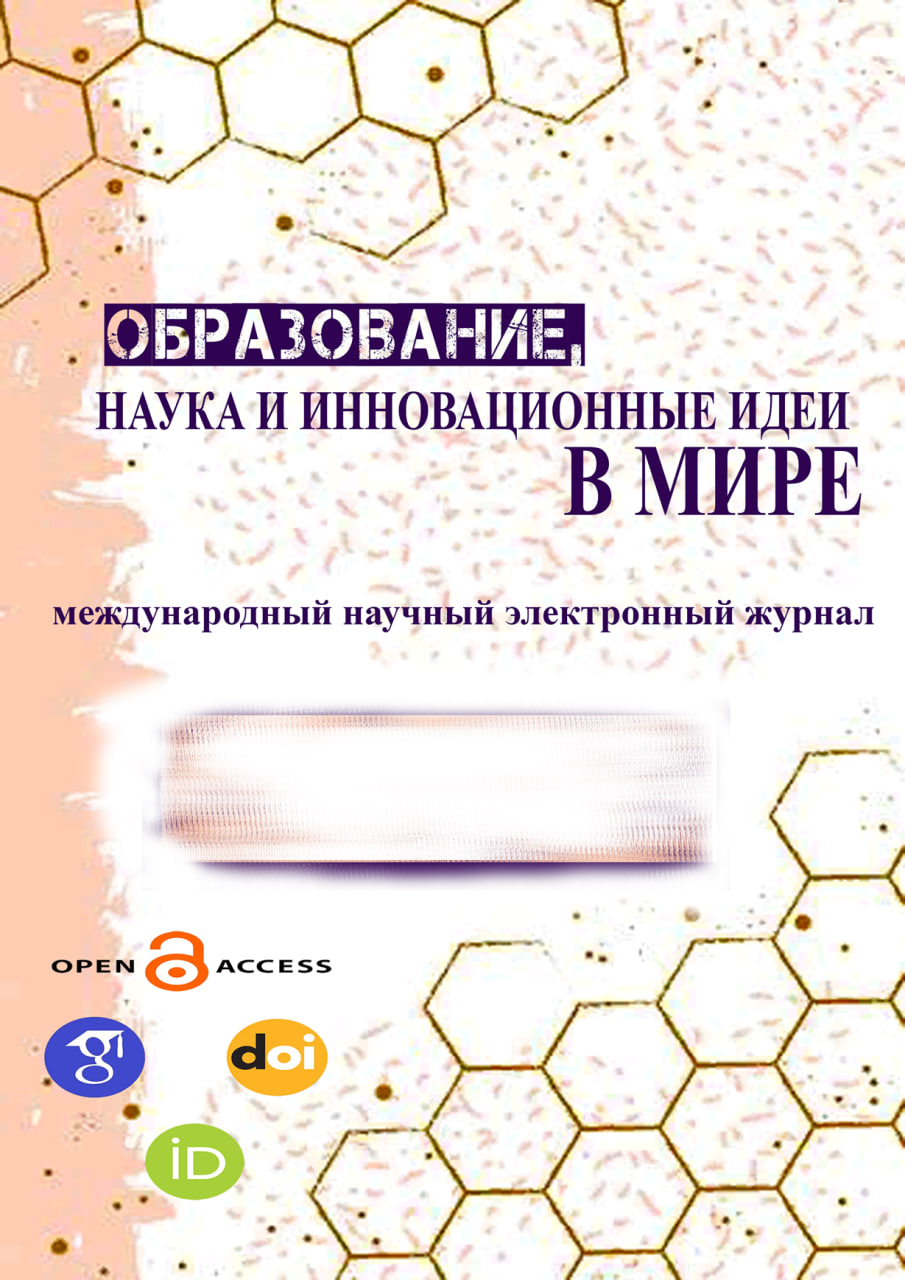CONTRASTIVE ANALYSIS OF CANOLA OIL IN ENGLISH AND UZBEK LANGUAGES
Keywords:
Keywords: contrastive linguistics, terminology, corpus analysis, English, Uzbek, canola oilAbstract
Abstract: This article presents a contrastive linguistic analysis comparing the terminology and discourse related to canola oil in English and Uzbek. Methods included compiling parallel corpora of texts discussing canola oil in both languages, analyzing key terms and collocations, and contrasting semantic and pragmatic features. The results show that while the core terminology is quite similar, reflecting the status of English as the global language of science, there are notable differences in usage patterns, idiomatic expressions, and cultural connotations surrounding canola oil in these two languages.
References
Johansson, S. (2008). Contrastive analysis and learner language: A corpus-based approach. University of Oslo.
Lado, R. (1957). Linguistics across cultures: Applied linguistics for language teachers. University of Michigan Press.
Ethnologue. (2021). Uzbek. Retrieved from https://www.ethnologue.com/language/uzb
Anthony, L. (2019). AntConc (Version 3.5.8) [Computer software]. Tokyo, Japan: Waseda University.
Lado, R. (1957). Linguistics across cultures: Applied linguistics for language teachers. University of Michigan Press.
Fries, C. C. (1945). Teaching and learning English as a foreign language. University of Michigan Press.
James, C. (1980). Contrastive analysis. Longman.
Islamov, O. (2020). Syntactic differences between English and Uzbek languages. International Journal of Psychosocial Rehabilitation, 24(06), 3782-3791.
Djumabaeva, J. S. (2016). Peculiarities of translation of English metaphors into Uzbek. Philology Matters, 2016(1), 136-140.




